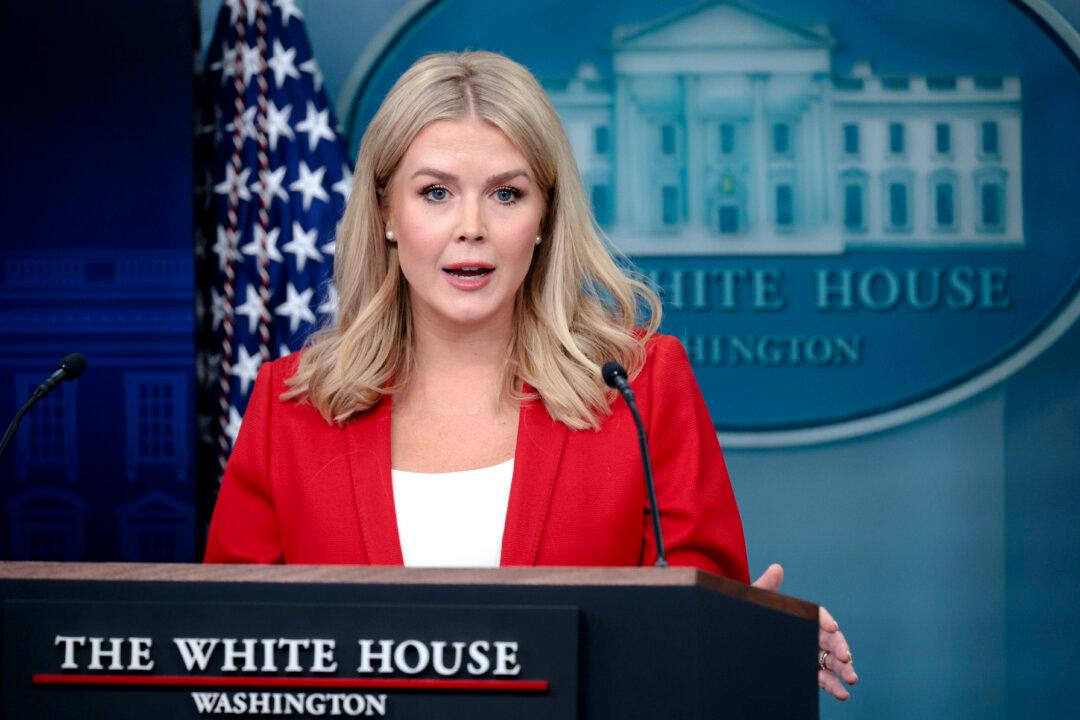The White House won’t refill the Strategic Petroleum Reserve in the near future after the stockpile was drawn down by millions of barrels since 2021, U.S. Secretary of Energy Jennifer Granholm said in a recent interview.
The Biden administration has leaned heavily on the SPR since late 2021 to offset tight crude supplies that had boosted fuel costs for Americans. As of earlier this month, the SPR’s balance was at its lowest since 1983 after the release of about 200 million barrels or more.
“But certainly, the plan is this term and the next term to be able to do that,” she added.
As of July 13, U.S. crude’s West Texas Intermediate benchmark prices stood at around $77 per barrel. Data on July 12 showed U.S. consumer prices rose modestly in June and registered their smallest annual increase in more than two years as inflation continued to subside.
On July 13, a report by the International Energy Agency (IEA) predicted oil demand would hit a record high this year, although broader economic headwinds and interest rate increases meant the increase would be slightly less than previously anticipated. An OPEC report also published the same day maintained an upbeat outlook for world demand outlook despite economic weakness.
The bloc raised its growth forecast for 2023 and predicted only a slight slowdown in 2024, with China and India expected to keep driving the expansion in fuel use. In China, however, momentum in the post-pandemic recovery slowed, with exports contracting last month at their fastest pace since the onset of the pandemic three years ago, the communist country’s Customs Bureau showed.
The SPR, which has been used as an emergency supply of crude oil since the 1970s energy crisis, is contained in underground salt caverns at four sites in Louisiana and Texas, according to the Department of Energy.
“We’re going to go as responsibly as possible and making sure we get a good value for taxpayers,” Ms. Granholm said.
“We still have the largest strategic petroleum reserve in the world,” she added. “We have, by far, enough to be able to deal with any emergencies over the next couple of years.”
The energy secretary also responded to recent moves initiated by Saudi Arabia and Russia—two of the largest oil producers—that she said are designed to raise oil prices. Both nations recently said they would take steps to restrain the oil supply.

When asked if she and U.S. officials are concerned, Ms. Granholm said, “Yes, we are concerned any time there is a significant diminishment in supply because that of course has an impact for consumers at the pump.”
“We don’t want people paying higher gas prices because other nations have decided to cut back on what is a commodity that is traded globally,” she added. “We want everybody to have access to the energy that they need. And it is concerning when nations cut back.”
The Energy Department, meanwhile, is seeking bids on the new solicitation for 12 million barrels of oil by July 17. The oil would be for delivery to the Big Hill SPR site in Texas in October and November, according to the release.
While the United States is far less dependent on oil imports than it was in 1983, the low level of the SPR has been a focus of Republicans who say that Mr. Biden, a Democrat, has put energy security at risk. The administration says it’s making money on the sales and repurchases, because it is buying the oil back at a lower price.
Bob McNally, who served as an energy adviser to former President George W. Bush, told CNN that the recent draining of the SPR “was a mistake that will take many years to correct.”
“I forecast oil prices headed higher this decade and, if that’s right, then SPR refilling will largely stop,“ said Mr. McNally, who is currently president of consulting firm Rapidan Energy Group. ”It’s possible President Biden might even resort to more releases due to political panic about high pump prices.”





